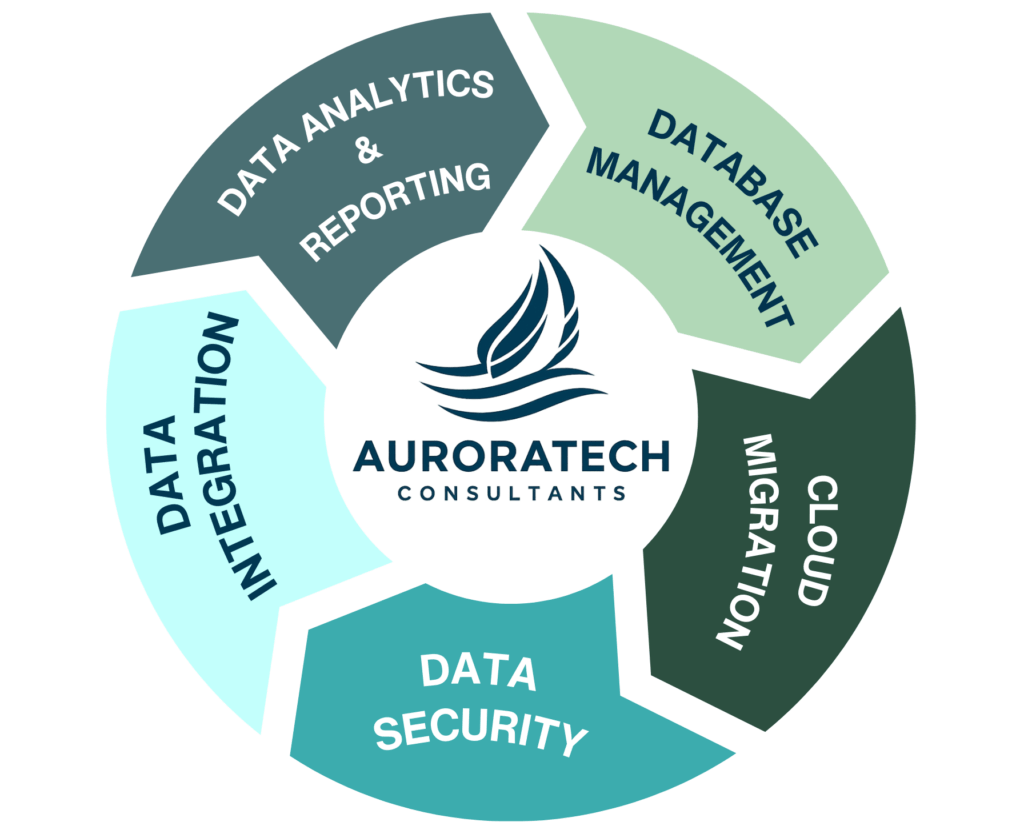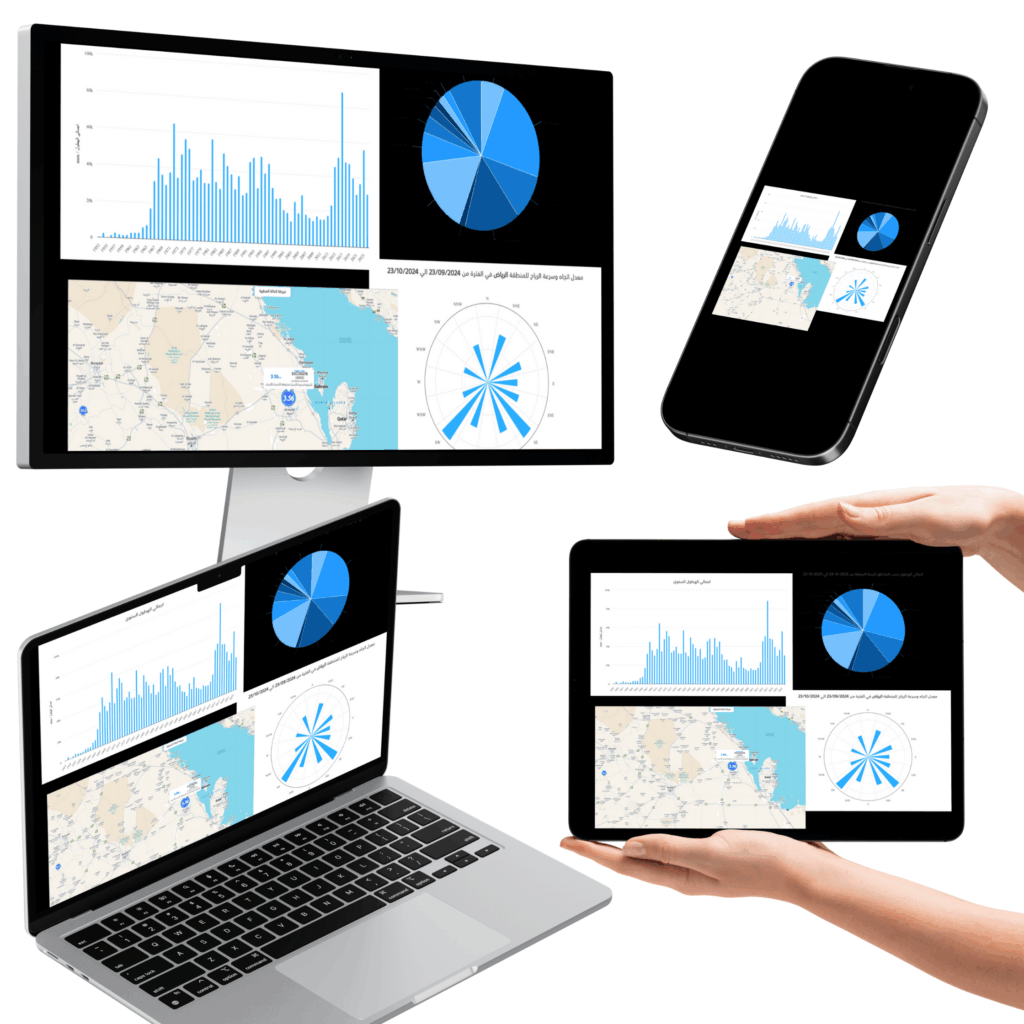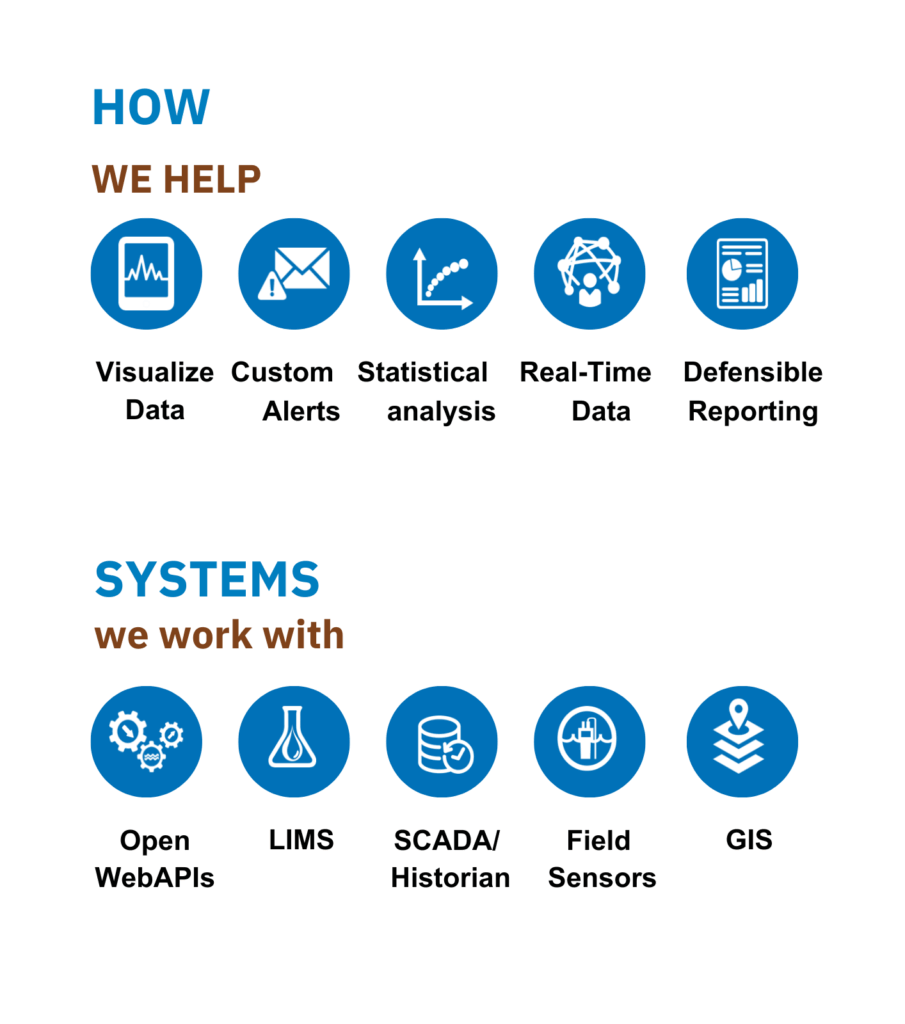Innovating sustainable solutions through digitalization, automation, and AI-driven analytics for energy, water, and environmental sectors.
Comprehensive Data Management services

- Database Management:
Design, optimization, and maintenance of relational and NoSQL databases. - Cloud Migration:
Seamless transition of data and systems to platforms like AWS, Azure, Google Cloud. - Data Security:
Implementation of advanced encryption, access controls, and compliance measures. - Data Integration:
Combining disparate data sources into a cohesive system. - Data Analytics & Reporting:
Building dashboards and predictive models using tools like Power BI, Tableau, or custom solutions.
Our Client-Focused Process

- Intial Assessment
Understanding client requirements and existing systems - Strategy Development
Defining architecture and key milestones. - Implementation
Data migration, integration, and platform development. - Testing
Conducting rigorous data validation and stress tests. - Deployment
Delivering the final solution with minimal disruption. - Ongoing Support
Continuous monitoring, updates, and scalability support.
How We Help

